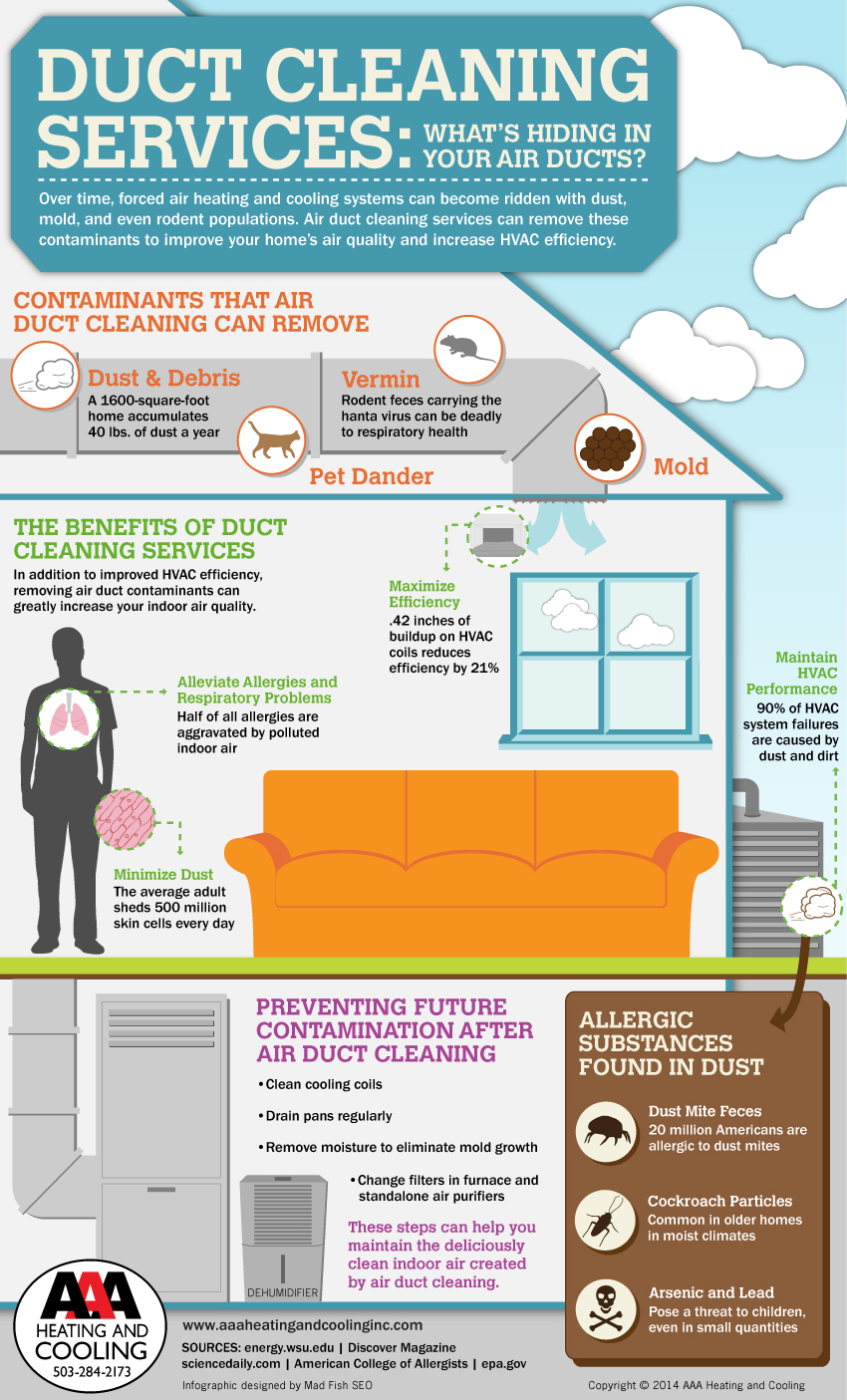Resolving A/C Issues In Your House: A Practical Overview
Resolving A/C Issues In Your House: A Practical Overview
Blog Article
Published By-Hays Nicholson
Visualize getting back on a scorching summer season day, only to locate that your air conditioning is not working. Irritating, right? Don't stress, you can troubleshoot common HVAC troubles in your house.
This short article will certainly lead you through the procedure of determining and repairing air movement problems, along with repairing temperature level control troubles.
So, get your tools and get ready to become your own a/c hero.
Understanding Cooling And Heating System Fundamentals
To comprehend the cooling and heating system essentials, you must understand exactly how it operates and what components compose the system.
The a/c system, which represents Home heating, Ventilation, and Cooling, is responsible for preserving a comfy interior atmosphere. It functions by controlling the temperature level, humidity, and air quality in your home.
The primary elements of a heating and cooling system include the heater or heat pump, ac system, ductwork, thermostat, and air filters. The heating system or heatpump is in charge of warming the air, while the air conditioning system cools it down.
The ductwork distributes the conditioned air throughout your home, and the thermostat permits you to control the temperature. Finally, the air filters help to remove dirt, pollen, and various other fragments from the air.
Recognizing these basic parts will assist you troubleshoot usual HVAC troubles and ensure your system operates successfully.
Identifying and Fixing Airflow Issues
To deal with airflow concerns in your home, you must begin by looking for clogged air filters and obstructed vents. Blocked air filters can restrict the flow of air, causing your a/c system to work harder and much less successfully. It is necessary to consistently clean or change your air filters to ensure proper air flow.
Furthermore, obstructed vents can likewise impede airflow throughout your home. See to it that all vents are clear of any kind of obstructions such as furniture, drapes, or particles. If you notice any vents that are shut or partially shut, open them as much as enable better air movement.
Another typical issue that can impact air movement is leaking air ducts. Evaluate your ductwork for any type of leaks or voids and seal them properly to boost air movement and energy effectiveness.
Troubleshooting Temperature Control Issues
If you're experiencing temperature control issues in your house, inspect both the thermostat and the a/c system for any problems.
Beginning by checking the thermostat setups to guarantee they're established properly. In some cases, the temperature might be set expensive or as well reduced, triggering the heating and cooling system to not function correctly. If https://www.wbrz.com/news/woman-s-costly-adventure-with-home-warranty-company-ends-in-settlement/ are right, check the thermostat for any type of physical damages or loose links.
Next, check the a/c system for any type of noticeable problems. Try to find leaks, blocked filters, or obstructed vents that could be impacting the temperature level control. Additionally, make certain the system is obtaining power and the circuit breaker isn't tripped.
If you're incapable to recognize or fix the problem, it's best to call a specialist cooling and heating specialist for additional help.
https://postheaven.net/leisha07sherman/the-ultimate-guide-to-employing-the-right-a-c-specialist , there you have it! By recognizing the essentials of your cooling and heating system and troubleshooting usual troubles like air movement problems and temperature control problems, you can keep your home comfy all year round.
For instance, let's state you see that some rooms in your residence are continually warmer than others. By looking for blocked vents or changing the dampers, you can ensure that the air movement is balanced and every area is at the wanted temperature.
